Core Training: What It Is, Why It Matters, and How to Do It Right
We all know we should be training core — but most people still don’t know what that actually means.
Although core training can feel a bit repetitive or time-consuming, it plays a huge role in keeping you injury-free, making your other lifts feel more stable, and helping you move better in daily life. Whether you’re an athlete, weekend warrior, or just trying to stay strong and mobile, core training is non-negotiable.
There are five key functions your core should be able to perform — and most people are only training one or two. If you’re only doing crunches or planks, you’re missing major benefits.
This post breaks down:
• What core training really is
• The five essential functions of a strong core
• Why each one matters
• One go-to exercise for each
1. Anti-Extension Stability
Your ability to resist excessive arching through your low back — especially during overhead lifts or reaching movements.
Why It Matters:
This teaches you to brace effectively, which protects your spine and builds control through your abs and deep core. It’s essential for posture, pressing, running, and general athletic movement.
Exercise to Try: Plank Walkout
Start standing, then hinge at the hips and walk your hands forward until you’re in a strong plank. Don’t let your low back sag. Walk your hands back in and stand up tall. Repeat for 5–8 reps with control.
2. Posterior Chain Core Control
The ability to stabilize your spine and pelvis when resisting flexion (rounding forward), especially under load or during hinge-based movements.
Why It Matters:
If you tend to round your back during deadlifts or struggle to stay tall in a squat, this is a gap. It also helps develop better glute engagement and postural strength.
Exercise to Try:
Glute Bridge with Reach
Lie on your back with knees bent. Drive through your heels to lift your hips while squeezing your glutes. Reach both arms up toward the ceiling to increase demand on your posture and rib control.
3. Lateral Stability and Load Control
Your ability to stay upright and stable when dealing with uneven forces — especially during single-arm or asymmetrical loading.
Why It Matters:
Whether you’re holding groceries, doing a one-arm carry, or moving through sport, this keeps your spine from collapsing sideways. It also improves balance and symmetry in movement.
Exercise to Try:
Suitcase Carry
Hold a heavy dumbbell or kettlebell in one hand. Walk slowly while keeping your torso tall and avoiding any lean. It’s simple, but incredibly effective.
4. Rotational Bracing and Anti-Rotation
Resisting forces that try to twist your spine or pull your torso out of position — key for injury prevention and athletic movement.
Why It Matters:
This builds deep core stability and is a game-changer for sports, lifting, and even basic movements like turning or stepping. A must-have for protecting your spine under dynamic stress.
Exercise to Try: Pallof Press
Attach a resistance band or cable at chest height. Stand side-on, hold the handle at your chest, and press it straight out while resisting the pull. Keep your hips square and abs tight.
5. Rotational Power and Force Transfer
Your ability to create safe, powerful rotation through your hips and torso — essential for performance in most sports and daily movement.
Why It Matters:
Throwing, sprinting, swinging a club or bat — all of it depends on your ability to rotate and transfer force efficiently. This type of core training helps you stay explosive and protects your spine during high-speed movement.
Exercise to Try:
Med Ball Rotational Throw
Stand side-facing a wall. Load your back hip, rotate through your torso, and throw the ball with intent. Reset between reps and focus on smooth, connected motion — not just throwing with your arms.
Putting It All Together
Your core isn’t just your abs — it’s a system of muscles that stabilize your spine and transfer force in every direction. When trained properly, it helps you move better, lift stronger, and stay pain-free.
A strong core:
• Prevents injuries
• Improves strength and power
• Enhances movement quality
• Supports longevity in and out of the gym
Train for all five functions — resisting extension, flexion, side bending, rotation, and producing rotation — and you’ll build a core that performs, not just looks good.
